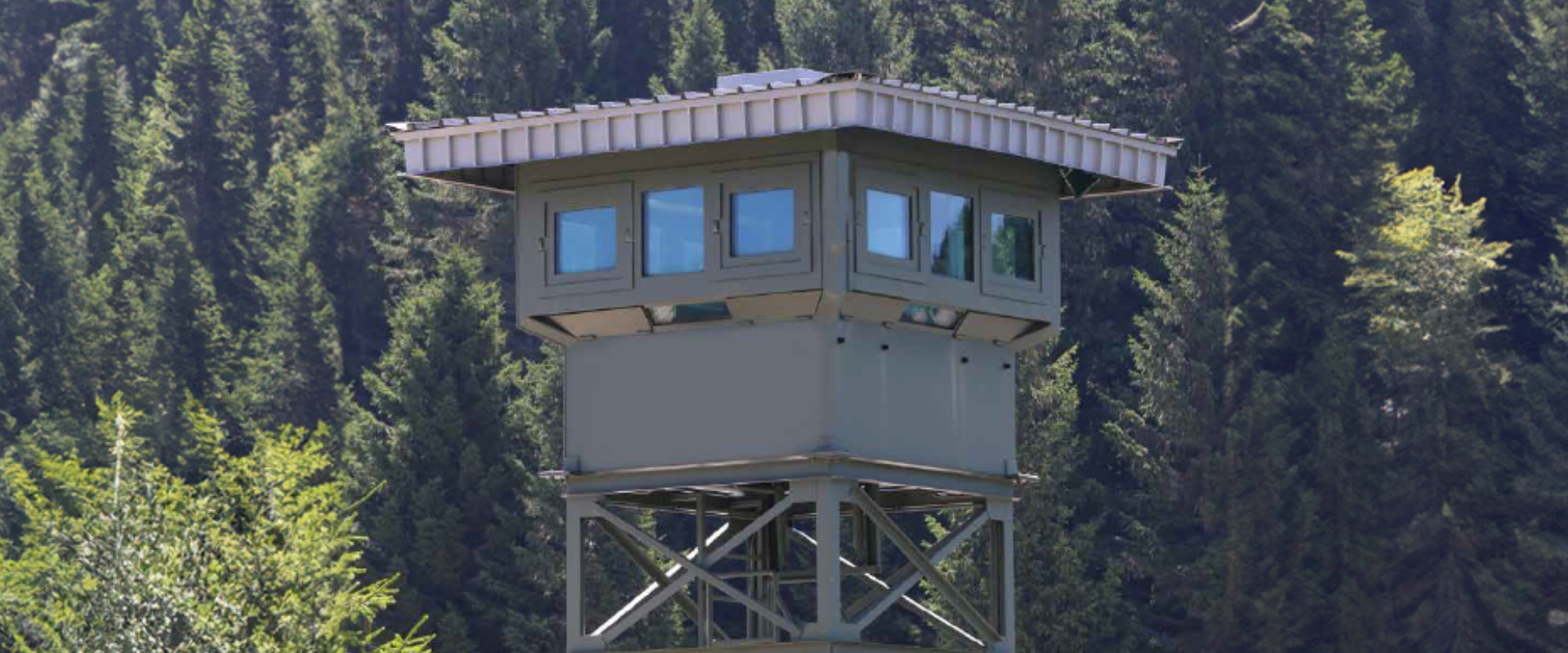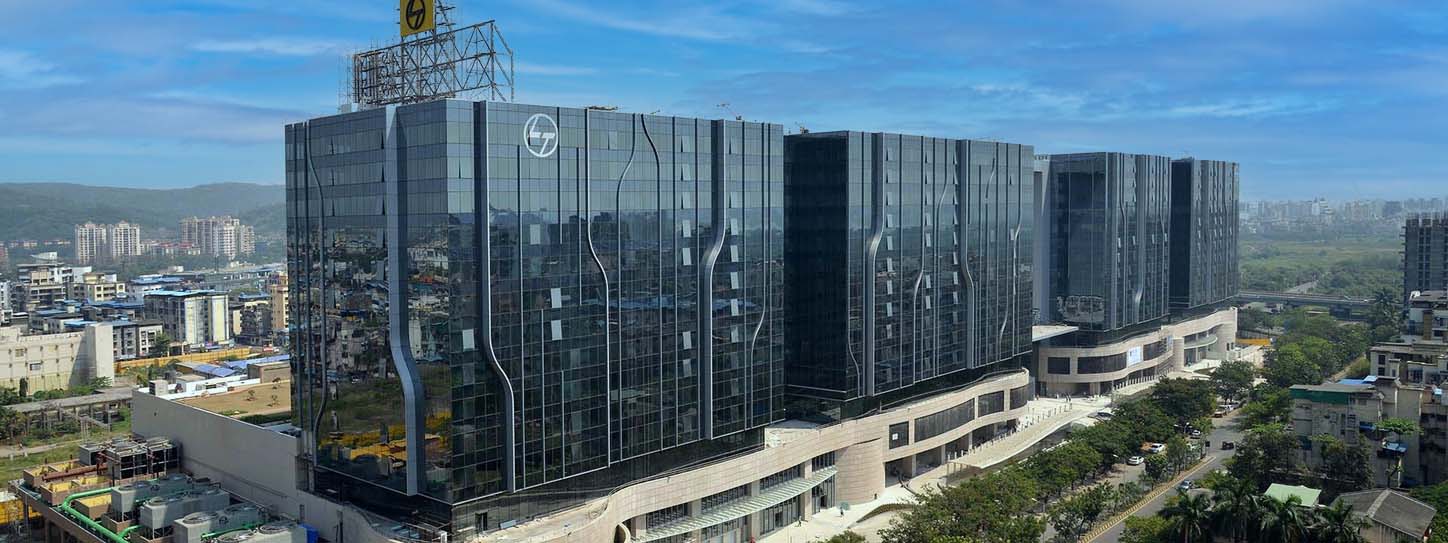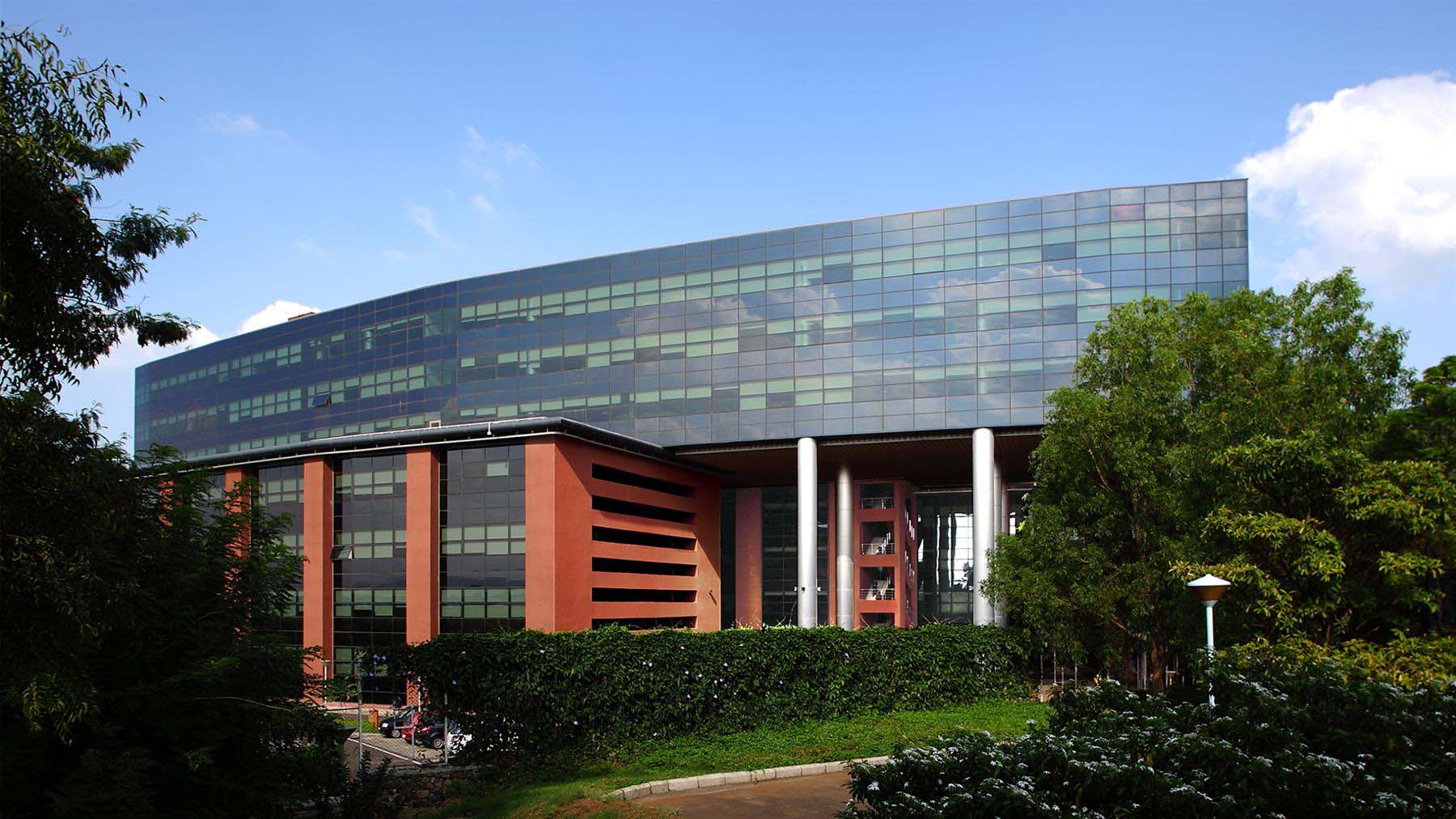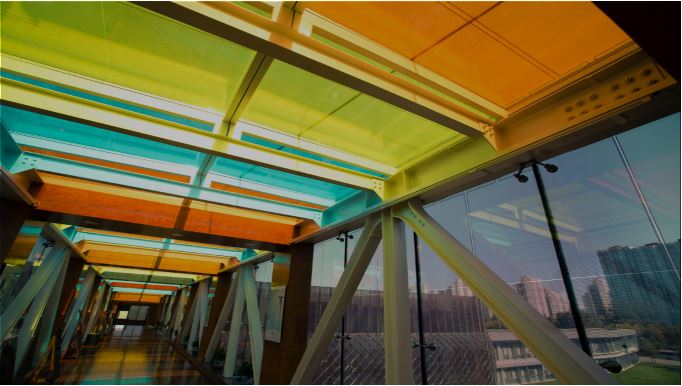Ballistic vs. Bulletproof Glass: Understanding the Differences and Applications
In today's world, where security concerns are on the rise, the need for advanced protection measures has become paramount. One such measure is the use of specialized glass to provide security and defense against various threats. Two popular options for enhanced glass protection are ballistic glass and bulletproof glass. While these terms are often used interchangeably, they represent distinct technologies with different capabilities and applications. In this blog, we will explore the differences between ballistic and bulletproof glass, their construction, performance, and specific use cases.
Ballistic Glass:
Ballistic glass is designed to withstand high-velocity impacts, such as those caused by firearms or explosive devices. It is commonly used in military, law enforcement, and high-security applications. The primary goal of ballistic glass is to prevent penetration and maintain integrity, even when subjected to extreme force. It is typically constructed using layers of specialized materials, such as polycarbonate and tempered glass, combined to create a multi-layered composite structure.
Construction:
Ballistic glass is composed of several layers, each serving a specific purpose. The innermost layer is usually made of polycarbonate, a tough and flexible material that can absorb and dissipate energy from impacts. This layer is followed by a layer of tempered glass, which provides additional strength and rigidity. The number of layers and their thickness depend on the desired level of protection.
Ballistic glass is classified into different levels of protection based on its ability to withstand specific ballistic threats, such as handguns, rifles, or armor-piercing ammunition. These levels are determined by internationally recognized standards, such as the National Institute of Justice (NIJ) in the United States or the European standard EN 1063. The higher the level, the greater the protection provided. Ballistic glass is designed to absorb and distribute the energy of impact, reducing the chances of penetration and minimizing the risk of injury.
Applications:
Due to its high level of protection, ballistic glass finds application in various settings. It is commonly used in military vehicles, armored cars, embassies, government buildings, and secure facilities where the threat of armed attacks or explosive devices is a concern. Ballistic glass can also be found in some high-end residential properties or commercial establishments with specific security requirements.
Bulletproof Glass:
Bulletproof glass, as the name suggests, is primarily designed to withstand projectile attacks, typically from firearms. It focuses on preventing the penetration of bullets and offers varying degrees of protection against different types of ammunition. While ballistic glass can also resist bullets, bulletproof glass is specifically engineered to excel in this regard.
Bulletproof glass is usually a multi-layered composite material, consisting of polycarbonate and laminated glass. The layers are bonded together using a combination of adhesives and heat, creating a strong, transparent barrier. The composition and thickness of the layers vary depending on the level of protection required.
Performance:
Bulletproof glass is also classified into different levels, based on its ability to withstand specific bullet calibers and velocities. These levels are established by testing against standard ballistic criteria, such as those defined by the UL752 standard in the United States or the European standard EN 1063. The thickness and composition of the glass determine its resistance to different types of ammunition, such as handguns, shotguns, or high-powered rifles.
Applications:
Bulletproof glass is widely used in various security applications. It is commonly found in banks, jewelry stores, government buildings, police stations, and other locations where protection against firearms is essential. The ability of bulletproof glass to withstand bullet impacts while maintaining transparency makes it suitable for applications where the visual aspect is crucial, such as storefronts or VIP protection vehicles.
While both ballistic glass and bulletproof glass offer enhanced protection against different threats, it's important to understand their distinctions and appropriate applications. Ballistic glass excels in providing resistance against high-velocity impacts, such as those caused by firearms or explosives, and finds application in military and high-security environments. On the other hand, bulletproof glass focuses on preventing penetration specifically from bullets and is commonly used in commercial establishments, banks, and other locations requiring protection against firearms.
When considering the installation of ballistic or bulletproof glass, it is crucial to consult with security experts and adhere to established standards and regulations to ensure the chosen solution aligns with the specific security requirements. Ultimately, the deployment of these advanced glass technologies enhances safety and provides peace of mind in an increasingly uncertain world.

You might also like
Feb 21, 2022 by TARIQ KACHWALA
Feb 21, 2022 by TARIQ KACHWALA
Feb 23, 2022 by TARIQ KACHWALA









